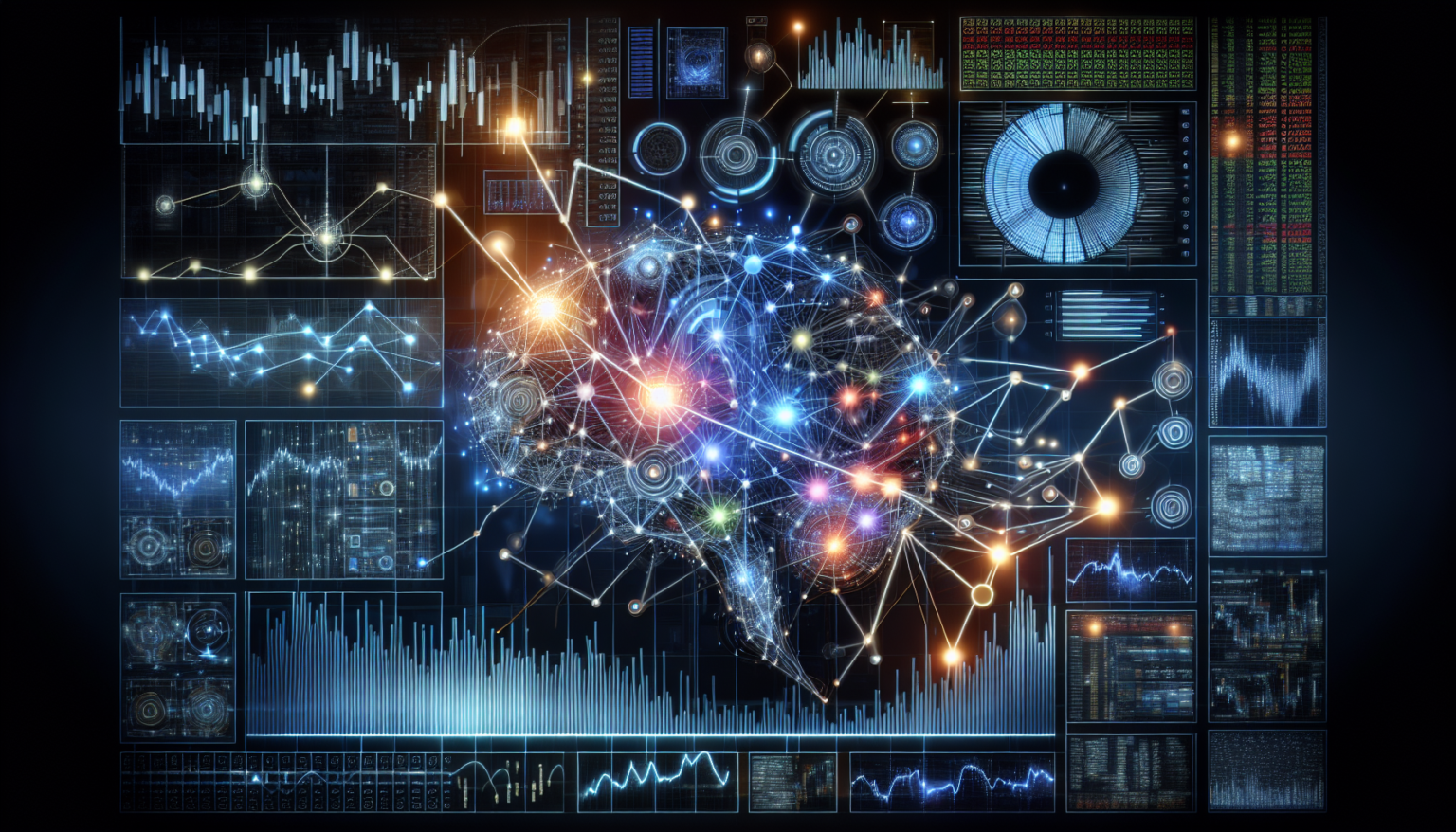Understanding Automated Trading Systems
Automated trading systems have transformed the landscape of financial markets, allowing traders to execute strategies at high speeds with minimal human intervention. Utilizing advanced algorithms to analyze data and execute trades, these systems can operate in real time, taking advantage of market fluctuations that human traders may not be able to capture. The backbone of these systems is, without a doubt, machine learning algorithms.
What is Machine Learning?
Machine learning is a subset of artificial intelligence that focuses on teaching computers to learn from data without explicit programming. The goal is to enable machines to recognize patterns, make decisions, and improve their performance over time as they are exposed to more data. In the context of trading, machine learning provides the tools necessary to analyze vast amounts of financial data, identify trends, and make predictions.
The Role of Machine Learning in Trading
Machine learning algorithms play multiple roles in automated trading systems. From predicting price movements to determining optimal entry and exit points, these algorithms can significantly enhance trading strategies. They can process large datasets, including historical price information, trading volumes, and even news sentiment, to build predictive models.
Data Collection and Processing
Before any analysis can occur, data must be collected and processed. Automated trading systems rely on data from various sources, including market exchanges, financial news, and social media. Machine learning algorithms can automate the data cleaning and preprocessing stage, ensuring that the data used for training models is of high quality.
Feature Engineering
Feature engineering is the process of selecting and transforming variables to improve the performance of machine learning models. In trading, features might include price variations, moving averages, sentiment scores, and volume spikes. Well-engineered features help algorithms identify relevant patterns in the data, making them more effective at predicting future price movements.
Types of Machine Learning Algorithms Used in Trading
There are several types of machine learning algorithms used in automated trading systems, each serving a unique purpose.
Supervised Learning Algorithms
Supervised learning involves training a model on labeled data, where the outcome is known. This can be particularly useful for predicting price movements. Common supervised learning algorithms include:
Linear Regression
Linear regression is a statistical method that models the relationship between dependent and independent variables. In trading, it can predict future prices based on historical data.
Decision Trees
Decision trees split data into branches based on feature values, making decisions at each branch about the best prediction. They are intuitive and easy to interpret, allowing traders to understand the logic behind predictions.
Support Vector Machines (SVM)
SVMs are powerful classification algorithms that aim to find the optimal hyperplane that separates different classes in the data. In trading, they can be used for classifying market trends as bullish or bearish.
Unsupervised Learning Algorithms
Unsupervised learning deals with data that is not labeled and focuses on discovering patterns and structures within the data. This is beneficial in finding hidden correlations among assets. Some examples include:
K-Means Clustering
K-means clustering helps identify groups within the data. In trading, it can be used to cluster similar stocks or assets, providing insights into market behavior and potential trading strategies.
Principal Component Analysis (PCA)
PCA reduces the dimensionality of data while preserving variance, which can help in uncovering underlying relationships between variables in financial datasets.
Reinforcement Learning
Reinforcement learning (RL) is an area of machine learning oriented towards training agents to make decisions. In the context of trading, an RL agent learns through trial and error by receiving rewards for profitable actions and penalties for losing trades. The agent continuously improves its strategy over time, making it highly adaptive to changing market conditions.
Challenges in Implementing Machine Learning in Trading
While machine learning offers promising capabilities for automated trading, several challenges must be addressed to ensure effective implementation.
Overfitting
Overfitting is when a model learns the training data too well, capturing noise instead of the underlying pattern. This results in poor performance on new, unseen data. Traders must use techniques like cross-validation and regularization to mitigate this risk.
Data Quality and Quantity
Machine learning algorithms require vast amounts of high-quality data to function effectively. In trading, accessing clean and comprehensive datasets can be challenging. Additionally, outdated or incorrect data can skew predictions, leading to significant losses.
Model Interpretability
Many sophisticated machine learning models, such as deep learning architectures, can act as black boxes, providing little insight into how they arrived at their predictions. This lack of transparency can be a concern for traders who want to understand their strategies and make informed decisions.
The Future of Machine Learning in Automated Trading
As technology advances, the integration of machine learning in trading systems is expected to deepen. Traders and institutions are continually exploring ways to enhance their strategies, relying on will-the-metrics and developing new algorithms that adapt to market changes in real-time.
Deep Learning
Deep learning, a subset of machine learning, involves neural networks with multiple layers. These networks can automatically learn relevant features and structures from vast amounts of unstructured data, such as news articles and social media content, potentially revolutionizing how traders approach market analysis.
Sentiment Analysis
Sentiment analysis tools can assess public sentiment towards particular assets or markets by analyzing text from various sources like news articles and social media. Integrating these insights with traditional data can refine trading signals and enhance decision-making.
Conclusion
Machine learning algorithms are undeniably becoming the backbone of automated trading systems. By analyzing massive datasets, recognizing patterns, and making predictions, they empower traders to make more informed decisions in an increasingly complex financial landscape. While challenges remain in implementation and understanding, the evolution of these technologies promises exciting opportunities for the future of trading.








